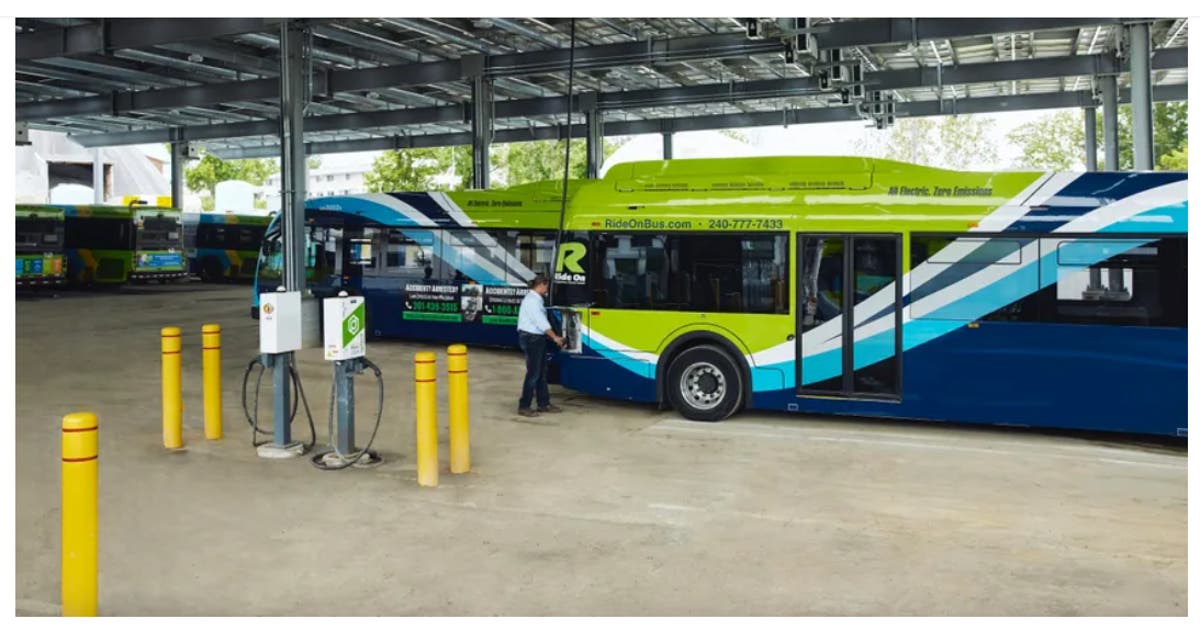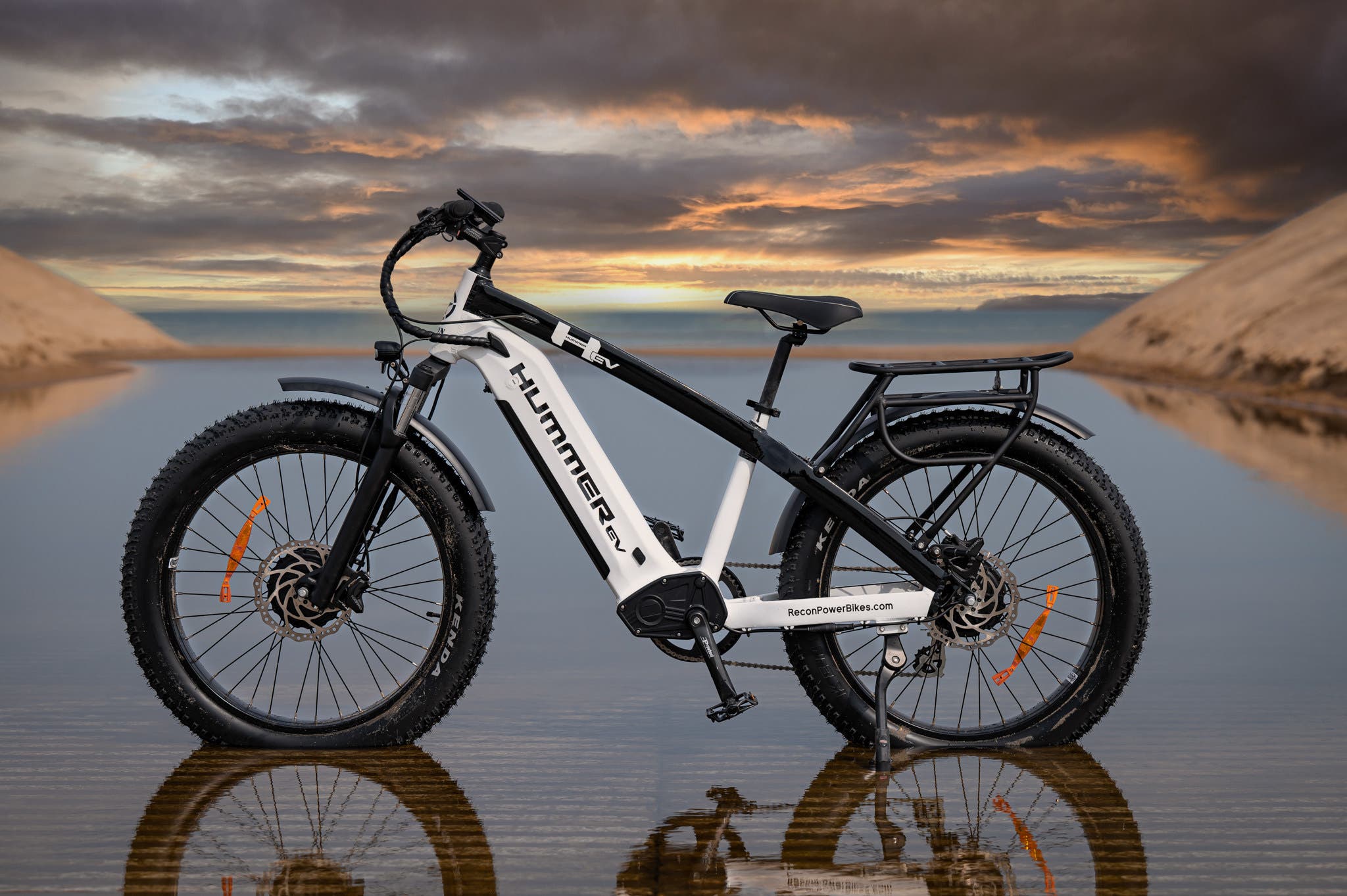Airlines are under pressure in the EU to reduce their carbon emissions or pay a fine. Additionally, consumers who are worried about flying due to the significant quantity of pollution flight produces are exerting some pressure on the industry. We are only slowly moving toward the electrification of small aircraft; it is obvious that huge aircraft won’t do so anytime soon. So what do you do?
Airbus and a number of other airlines have chosen to wager on Direct Air Carbon Capture and Storage (DACCS) . Letters of Intent (LoI) have been signed by Air Canada, Air France-KLM, easyJet, International Airlines Group, LATAM Airlines Group, Lufthansa Group, and Virgin Atlantic to investigate potential sources of carbon removal credits derived from direct air carbon capture technology.
The idea is obviously not to capture CO2 as soon as it is released because it would be impossible. Simply capturing and storing all of the CO2 that their aircraft emit is the plan.
Airlines and Airbus have chosen DACCS as their choice solution for net zero emissions, or at least one of their favored solutions, even though it is far from proved for such a difficult undertaking. According to Airbus, DACCS complements the creation and application of Sustainable Aviation Fuel (SAF).
Unfortunately, DACCS isn’t a solution for right now, for this year, or even for next year, given the state of reality. The target is to begin purchasing confirmed and long-lasting carbon reduction credits no later than 2025. The Airbus partner 1PointFive, a division of Occidental Low Carbon Ventures and the global deployment partner of direct air capture company Carbon Engineering, will issue the carbon removal credits. A pre-purchase of 400,000 tonnes of carbon reduction credits from Airbus’ cooperation with 1PointFive will be delivered over the course of four years. Let’s see. (Recommended reading: Carbon Engineering’s Air-To-Fuel Fig Leaf, A Case Study Into A Technology That Should Be Set Aside Until 2050.)
I’m not a fan of direct air carbon capture and storage, but I’m also unsure of the best alternative. Additionally, it appears that we need to develop more methods for removing CO2 from the atmosphere, which could aid in the development of carbon engineering.
The CEOs with vested interests in this road are quoted in the sentences that follow. Check out what they have to say by scrolling through.
Julie Kitcher, executive vice president of corporate affairs and communications at Airbus: Airlines are already showing a lot of interest in investigating scalable and reasonably priced carbon reductions. These initial letters of intent represent a significant step toward the implementation of this exciting technology, which will support both Airbus’ own decarbonization strategy and the aviation industry’s goal of achieving net-zero carbon emissions by the year 2050.
President of 1PointFive Michael Avery: We are thrilled to work with Airbus. A viable, short-term, and less expensive avenue that enables the aviation sector to pursue its decarbonization ambitions is provided by carbon removal credits from direct air capture.
Environmental Affairs Senior Director Teresa Ehman of Air Canada: As we and the aviation industry advance on the path to decarbonization, Air Canada is pleased to support the early adoption of direct air capture and storage. This technology is one of many crucial levers that will be required, along with many others, to decarbonize the aviation industry, even though we are still in the early stages of a long journey and much work still needs to be done. These other levers include sustainable aviation fuel and increasingly efficient and cutting-edge aircraft.
VP of Sustainability for Air FranceKLM Gloria Fatima de Sousa: The Air France-KLM Group’s strategy includes sustainability as a key component. While utilizing all available tools to minimize our carbon footprint, such as fleet renewal, SAF adoption, and eco-piloting, we also actively participate in research and innovation to advance our understanding of new technologies and increase their effectiveness and affordability. The method opens up some extremely intriguing possibilities for the creation of synthetic sustainable aviation fuel in addition to CO2 capture and storage. The letter of intent that we are signing with Airbus today reflects the teamwork that the aviation sector has started to do in order to discover practical answers to the problem of our environmental transition. We can only address the climate emergency as a group.
Director of Sustainability at easyJet Jane Ashley We are delighted to be a part of this significant endeavor because direct air collection is a young technology with enormous promise. In our opinion, carbon removal technologies will be a crucial component of our road to net zero, enhancing other elements and assisting us in offsetting any future emissions that may remain. We are working on a number of specific projects with partners from across the industry, including Airbus, to hasten the development of future zero carbon emission aircraft technology. Our ultimate goal is to achieve zero carbon emission flying.
Head of Sustainability at IAG Jeremy Counsell A number of solutions, such as new aircraft, environmentally friendly aviation fuels, and cutting-edge technologies, will be needed to help our sector transition. In order for our industry to attain net-zero carbon emissions by 2050, carbon removal will be crucial.
Juan Jos Toh, Director of Corporate Affairs and Sustainability for LATAM Airlines Group, says that DACCS is a cutting-edge method for not only removing net carbon from the atmosphere but also has the potential to contribute to the creation of synthetic sustainable aviation fuels. There is no magic solution for decarbonizing the industry, so we must combine a number of strategies to meet our net-zero goals. These strategies include increased efficiency, sustainable aviation fuels, and new technologies, all of which are backed by the preservation of important ecosystems and high-quality offsets.
Head of Corporate Responsibility at Lufthansa Group Cathy Drischel: For the Lufthansa Group, achieving net-zero carbon emissions by 2050 is crucial. This includes our significant commitment to sustainable aviation fuels and billion-euro expenditures in ongoing fleet modernization. Additionally, we are investigating cutting-edge and secure carbon collection and storage techniques.
Vice President of Corporate Development for Virgin Atlantic By Holly Boyd-Boland Our top focus for climate action at Virgin Atlantic is lowering the airline’s carbon footprint. The removal of CO 2 directly from the atmosphere through cutting-edge carbon capture and storage technologies becomes a potent tool in achieving our goal of net-zero carbon emissions by 2050, along with our fleet transformation program, fuel-efficient operations, and supporting the commercial viability of sustainable aviation fuels. Together with our industry partners, we are eager to work with Airbus and 1PointFive to advance the development of technologies for Direct Air Carbon Capture and Permanent Storage.
That is a lengthy array of public relations statements about this new technology. We can only hope that it sheds further light on how these businesses see DACCS.
Do you value the unique reporting and cleantech news coverage on CleanTechnica? Consider becoming an Patreon patron or a CleanTechnica member, supporter, technician, or ambassador.







